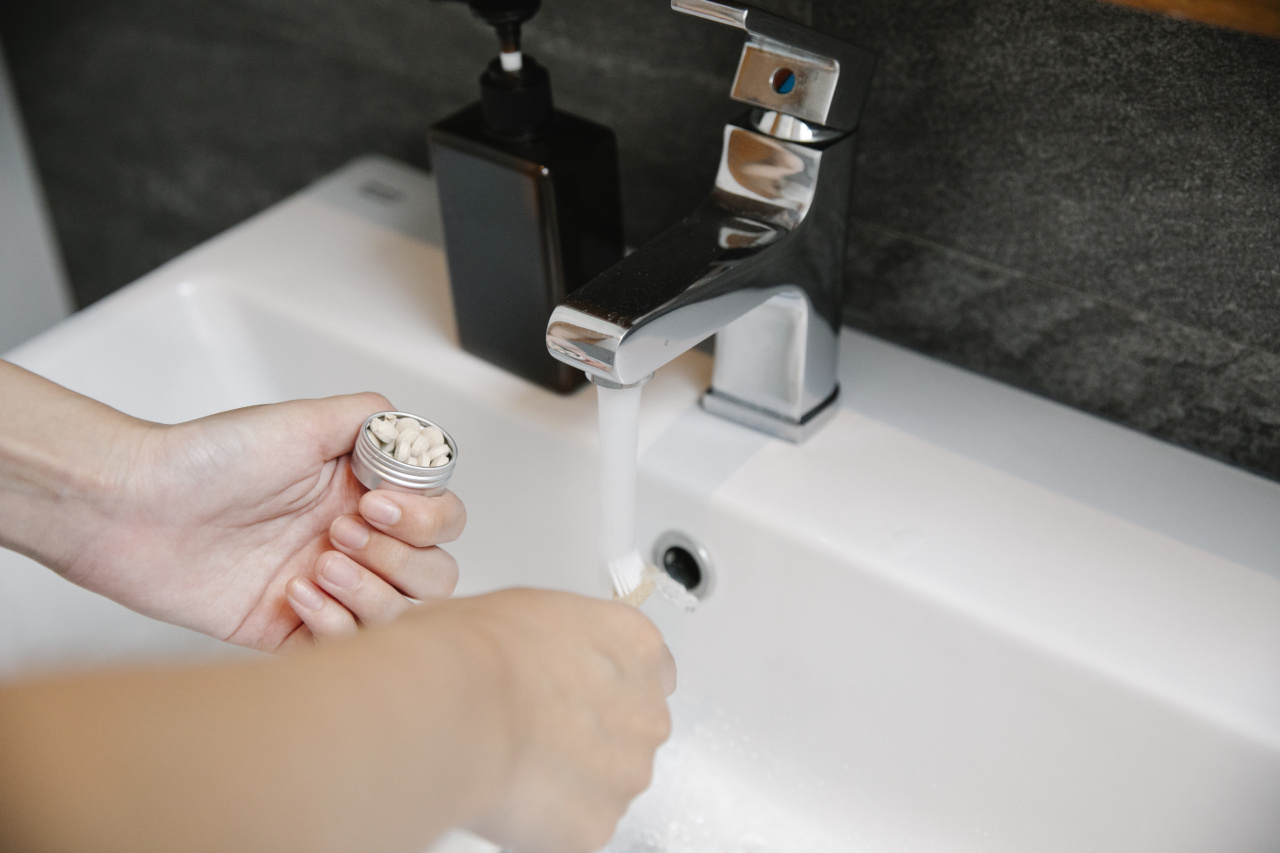Osteoporosis is a medical condition characterized by weak and brittle bones. It occurs when the body loses too much bone mass or does not produce enough bone tissue.
This can lead to an increased risk of fractures, particularly in the hips, spine, and wrists. Osteoporosis is often referred to as a “silent disease” because it progresses slowly and often goes unnoticed until a fracture occurs.
Prevalence of Osteoporosis
Osteoporosis affects millions of people worldwide, predominantly women over the age of 50. According to the International Osteoporosis Foundation, an estimated 200 million women are currently living with osteoporosis.
Additionally, approximately one in three women and one in five men over the age of 50 will experience an osteoporotic fracture in their lifetime.
Risk Factors for Osteoporosis
Several factors can increase the risk of developing osteoporosis. These include:.
- Age: The risk of osteoporosis increases with age.
- Gender: Women are more likely to develop osteoporosis than men.
- Family history: Having a parent or sibling with osteoporosis increases the risk.
- Body size: Being thin or having a small frame can increase the risk.
- Dietary factors: A diet low in calcium and vitamin D can contribute to bone loss.
- Lifestyle choices: Smoking, excessive alcohol consumption, and sedentary behavior can all increase the risk of osteoporosis.
The Role of Calcium and Vitamin D
Calcium and vitamin D are essential nutrients for maintaining strong and healthy bones.
Calcium is the mineral that makes up the majority of bone tissue. It is important to consume an adequate amount of calcium daily to support bone health.
Good dietary sources of calcium include dairy products, leafy green vegetables, tofu, and fortified foods.
Vitamin D plays a crucial role in calcium absorption. Without enough vitamin D, the body cannot effectively use the calcium consumed through diet or supplements.
The body can produce vitamin D through exposure to sunlight, but it can also be obtained from dietary sources such as fatty fish, egg yolks, and fortified foods.
Exercise for Bone Health
Regular exercise is vital for maintaining optimal bone health, as it helps to strengthen bones and increase their density.
Weight-bearing exercises, such as walking, jogging, dancing, and aerobics, are particularly beneficial for building strong bones. These activities involve the muscles and bones working against gravity, which helps stimulate bone growth.
Strength-training exercises, such as weightlifting and resistance training, also play a crucial role in preventing osteoporosis. By putting stress on the bones, these exercises stimulate bone remodeling and increase bone density.
The Importance of a Balanced Diet
A well-balanced diet is essential for managing osteoporosis and maintaining overall bone health.
Include a variety of nutrient-rich foods in your diet, such as fruits, vegetables, whole grains, lean proteins, and low-fat dairy products. These foods provide essential vitamins and minerals necessary for bone health.
Ensure an adequate intake of calcium and vitamin D through dietary sources or supplements if needed.
Avoid excessive consumption of sodium and caffeine, as these substances can lead to increased calcium excretion and weaken bones.
Smoking and Alcohol Consumption
Smoking and excessive alcohol consumption are detrimental to bone health and can increase the risk of developing osteoporosis.
Smoking is known to reduce bone density and interfere with the body’s ability to absorb calcium. It also impairs the production of estrogen in women, which is crucial for maintaining bone health.
Alcohol, when consumed in excess, can negatively impact bone health. Excessive alcohol intake interferes with the body’s ability to absorb calcium and affects hormone levels necessary for bone formation.
Fall Prevention
Falls are a common cause of fractures in individuals with osteoporosis. Taking measures to prevent falls can significantly reduce the risk of fractures.
Ensure your home is free from hazards such as loose rugs, clutter, and slippery surfaces. Install grab bars in bathrooms and stair railings where necessary.
Exercise regularly to maintain balance, strength, and coordination.
Wear proper footwear that provides stability and support.
Have your vision and hearing checked regularly to detect any impairments that may increase the risk of falls.
Medical Management of Osteoporosis
In addition to adopting healthy lifestyle habits, medical interventions may be necessary to manage osteoporosis.
Consult with a healthcare professional to determine if medication is needed to prevent further bone loss or increase bone density. Several medications are available that can help reduce the risk of fractures and improve bone health.
Regular monitoring through bone density scans can assess the effectiveness of treatments and track changes in bone density over time.
Conclusion
Osteoporosis is a serious condition that requires proactive management and lifestyle changes.
By adopting essential habits such as consuming a balanced diet, engaging in regular exercise, and avoiding smoking and excessive alcohol consumption, individuals can take control of their bone health and reduce the risk of fractures. It is essential to consult with a healthcare professional for personalized advice and appropriate medical interventions. With the right approach, osteoporosis can be effectively managed, allowing individuals to live a full and active life.






























